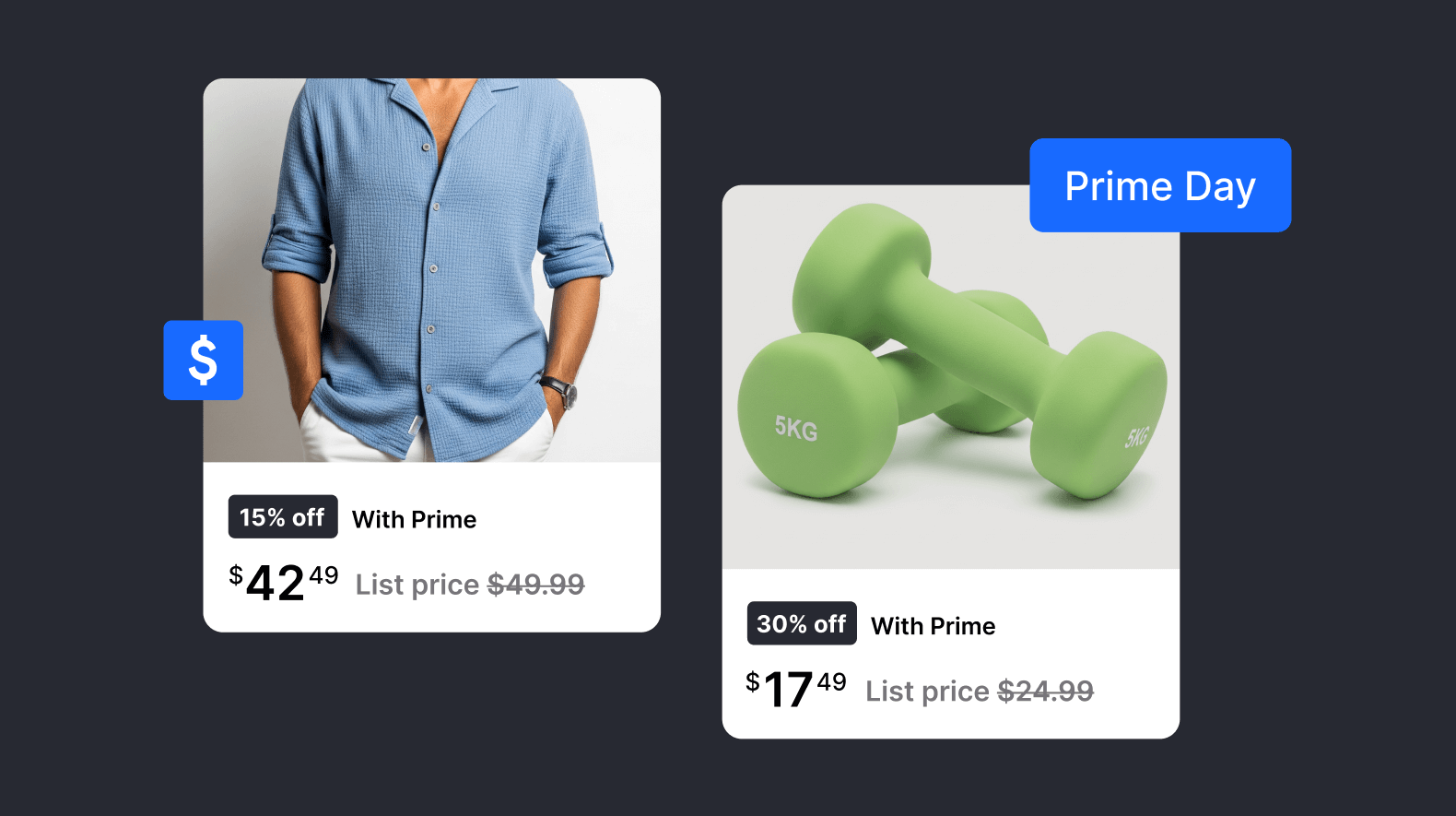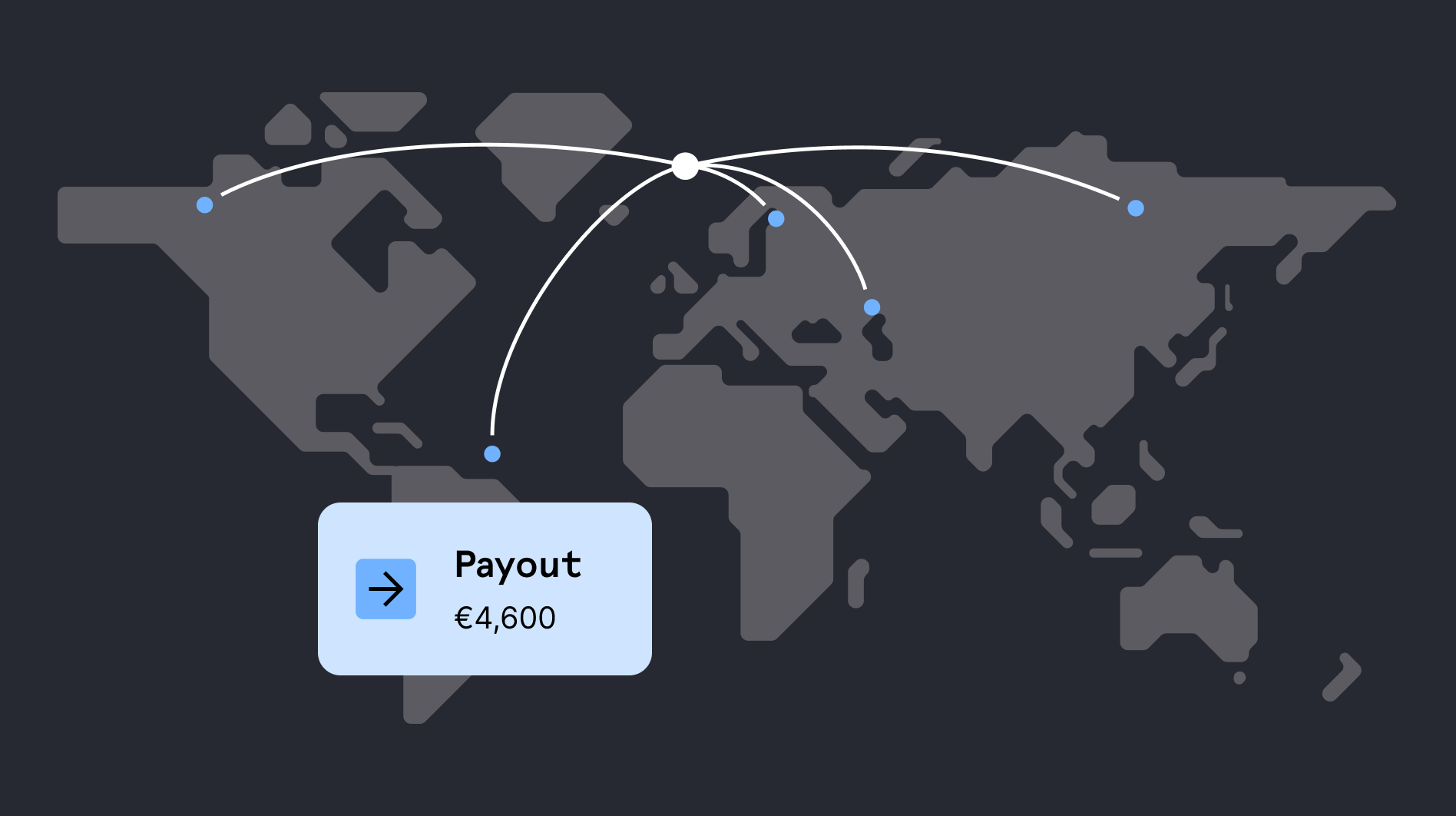Blockchain technologies have spread across sectors, and it is now too hard to ignore how GameFi is enhancing the multi-billion dollar gaming industry.
.jpeg)
What is GameFi?
It is not exactly new. In 2018, the craze for breeding CryptoKitties (early NFTs) nearly ground the whole Ethereum network to a halt. But, as we watch the growing adoption of crypto and NFTs, GameFi is becoming even more widespread. And, there are ever more sophisticated games being built on a range of different networks, such as Enjin, Polygon and Flow.
GameFi is blockchain-powered gaming that allows players to earn rewards, which is why the industry is not losing steam, with its valuation expected to grow to $74.2 billion by 2031.
So, how does GameFi really work, and how is it fueling further crypto adoption?
How does GameFi work?
GameFi leverages existing and developing blockchain technology to develop new incentives for gamers through NFTs and play-to-earn (P2E) mechanisms. Gaming companies, which already have a huge built-in audience, can create in-game assets that reward gamers with an NFT that sits on the blockchain. These NFTs can also have a custom, tiered rarity rating and specific characteristics that make them desirable to gamers — representing anything from in-game currency to weapons or badges.
Gamers are accustomed to working towards rewards like this in virtual environments. Striving towards goals is a key part of many video games, so the mindset of working towards attaining rare items through gameplay is an ingrained part of how they work. We all remember swapping Pokemons and trying to catch ‘em all, to take one example.
This aspect of video games, where collectibles with variable scarcity and status can be earned through gameplay, makes them particularly well-suited to crypto and NFTs. And, the ownership of goal-related rewards creates status and prestige for those within a gaming community.
But, what good are rewards if we can’t use them how and where we want? That’s why another attractive feature of GameFi is interoperability.
GameFi rewards and NFT interoperability
NFTs, after all, can be moved into different games on the same blockchain and potentially be moved to other blockchains. An in-game reward could be displayed in a wallet, or ported into a different game system. In the future, this interoperability means we could see NFTs referring to a game item that gamers could use in multiple game worlds. For example, a gamer could port a t-shirt they earn for their character from one game to another.
More pressingly, NFTs can also be liquidated and turned into fiat, creating real-world earnings from achievements in the game world using a P2E model. For example, by allowing gamers to convert crypto assets earned in-game into fiat currency that's used offline, the game Axie Infinity has been providing enough cash for users in the Philippines to live off.
Assets such as virtual plots of land in Decentraland, meanwhile, which is somewhere between a video game and a virtual reality environment, are becoming a serious investment. The growth of GameFi is encouraging a mentality where investing time and energy in a digital, web3 environment can create benefits and wealth outside the game.
.jpeg)
What are GameFi guilds?
Finally, it's hard to talk about GameFi without talking about guilds. Guilds have existed in various forms since the dawn of online gaming. One just needs to consider the huge communities formed in gaming ecosystems, like World of Warcraft and Eve, to combine the power and skills of multiple players to drive progress in the game.
In the GameFi world, guilds serve a similar—yet enhanced—function.
For one, GameFi guilds have the added benefit of providing members with the privilege of making money from playing. Seeing as guilds function as a community, most crypto gaming guilds are made up of multiple actors, all working towards a common goal: expanding the GameFi market globally. They also work together to lower barriers to entry for newcomers, which may come through renting NFTs required to play the game from others in the guild, or simply providing educational resources. It's a win-win. New players get easier access to P2E games, while the guilds benefit from more membership and increased access to resources and assets.
The tangible benefits for gamers are clear. But what about game publishers?
How GameFi helps game publishers
Currently, we’re seeing a lot of AAA games making moves in the crypto space. There are also huge funds getting involved in supporting growth in this area. Building off the excitement, there is interest from both traditional funds, hoping to get in on the ground floor of blockchain tech and web3 investors, hoping to drive adoption. At the moment, there is an institutional appetite to invest in studios and independent creators to build and invent new paradigms using blockchain technology in games. Look at Sky Mavis, for example, which runs Axie Infinity. It earned a $3bn valuation in 2021. This financial capital can support a whole creative community of developers.
Since this nascent sector is still finding its feet, it’s worth thinking about how GameFi companies can find success as the technology develops. As with all crypto technology, the environmental impact of GameFi will require thought. Games built using proof-of-stake blockchains, rather than proof-of-work, are likely to adapt with more cutting-edge innovation, as the environmental cost of blockchain tech continues to be front and center in discussions on crypto.
What’s more, companies in GameFi need to ensure that they are maintaining and nurturing their most important asset: Community. While some gamers have been unhappy about the introduction of NFTs, the best way to ensure that these players stay on board is to keep rewarding them, demonstrating the benefits of the tech. So as long as developers continue to reward gamers with tokens, rather than requiring further financial investment to continue playing, gamers and the community can be equally invested in the game's success.
As we watch GameFi grow, Checkout will continue to support merchants in the gaming space to build new, exciting worlds for their users to explore, experience, and earn from.
To find out more about how crypto is influencing culture, and vice versa, download the Demystifying Crypto report here.



.png)


%20thumbnail.png)
%20(3).png)








